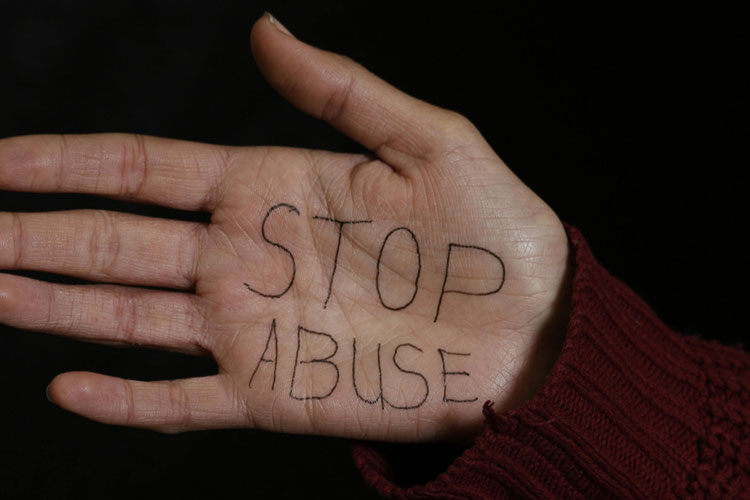When people hear the word narcissist, they often picture someone who’s arrogant, obsessed
with their looks, or full of themselves. But narcissistic abuse goes much deeper—it’s about
control, manipulation, and keeping someone trapped in a cycle that’s as confusing as it is
damaging. If you’ve ever felt like you were walking on eggshells in a relationship, questioning
your own reality, or wondering how something that started so passionately could feel so empty,
you may have experienced it firsthand.
The Cycle of Narcissistic Abuse
Narcissistic abuse isn’t random. It tends to follow a predictable cycle, one that pulls people in
and keeps them hooked even when they know something is terribly wrong. Understanding this
cycle is one of the first steps to breaking free.
1. Love Bombing
This is where it begins. The narcissist showers you with affection, gifts, compliments, and
attention. It feels like you’ve met your soulmate—the person who sees you in a way no one else
ever has.
● You’re told you’re “the only one who understands them.”
● They rush intimacy, talking about forever within weeks.
● It feels intense, intoxicating, and almost too good to be true.
That’s because it usually is. Love bombing isn’t love—it’s bait.
2. Devaluation
Slowly, the warmth fades. The person who once adored you begins to criticize, belittle, or
withdraw. What used to feel like affection now feels conditional.
● They point out your flaws more often than your strengths.
● You start walking on eggshells to avoid conflict.
● They rewrite events, making you doubt your memory (gaslighting).
This stage is confusing because you cling to the memory of who they used to be, hoping that
version will come back.
3. Discard
The narcissist grows cold, distant, or even cruel. Sometimes they outright end the relationship,
sometimes they cheat, or sometimes they emotionally withdraw while keeping you around for
convenience.
● You feel disposable, as if everything you invested didn’t matter.
● You may blame yourself and wonder what you did wrong.
● In reality, this stage isn’t about you at all—it’s about their endless need for control.
4. Hoovering
Just when you start to move on, they pull you back. The term “hoovering” comes from a vacuum
cleaner—because they try to “suck” you back in.
● “I’ve changed, I promise.”
● “You’ll never find anyone who loves you like I do.”
● Sudden bursts of affection or nostalgia.
This is the hook that restarts the cycle. The abuse doesn’t end—it resets.
Why the Cycle Is So Hard to Escape
The push and pull of this cycle creates what’s known as a trauma bond—a deep psychological
attachment that forms even when the relationship is toxic. You’re addicted to the highs and lows,
hoping for the love bombing to return, while blaming yourself during the lows.
That’s why survivors often say leaving feels “impossible,” even when they know the relationship
is destructive. It isn’t weakness—it’s the powerful conditioning of emotional manipulation.
Breaking Free
The first step in breaking free is recognizing the cycle for what it is: a pattern that isn’t about
you failing, but about someone else’s need for control. From there, healing means:
● Educating yourself on narcissistic abuse (just like you’re doing now).
● Building a support system of trusted friends, family, or support groups.
● Seeking professional help if possible, such as therapy with someone who understands
trauma.
● Rebuilding self-trust by remembering: you’re not crazy—you were conditioned to doubt
yourself.
Why I Write About It
When I wrote The Illusion of Us, my goal wasn’t just to tell Alivia’s story—it was to shed light on
the very real cycle of narcissistic abuse so many women live through in silence. Fiction can be a
powerful way to say, you’re not alone.
If you’ve ever felt trapped in this cycle, know this: the illusion can be broken, and there is
life—and love—on the other side of it.

